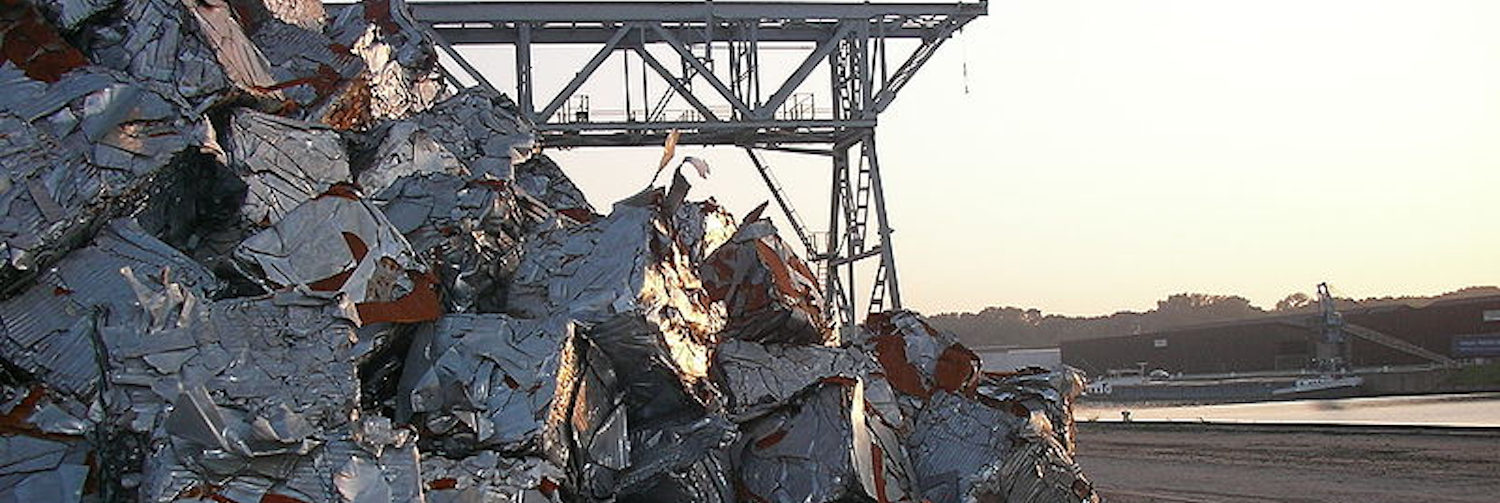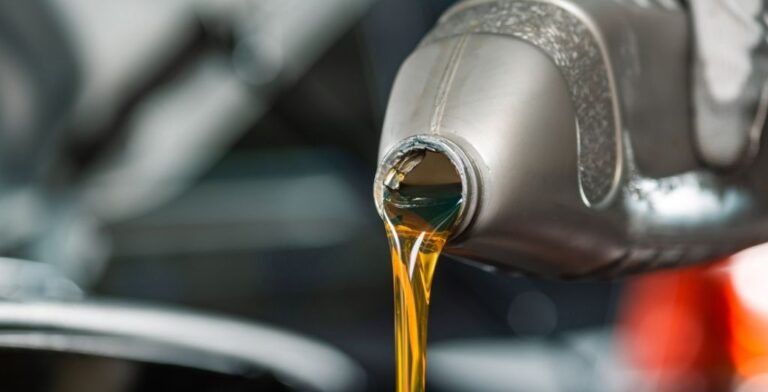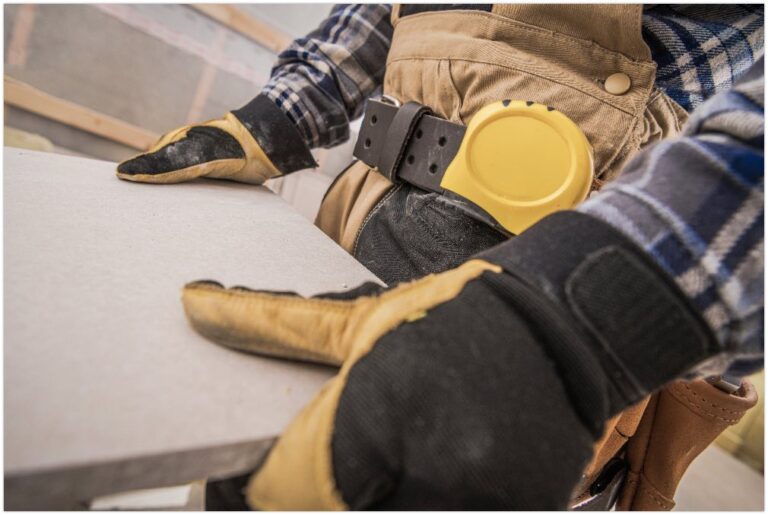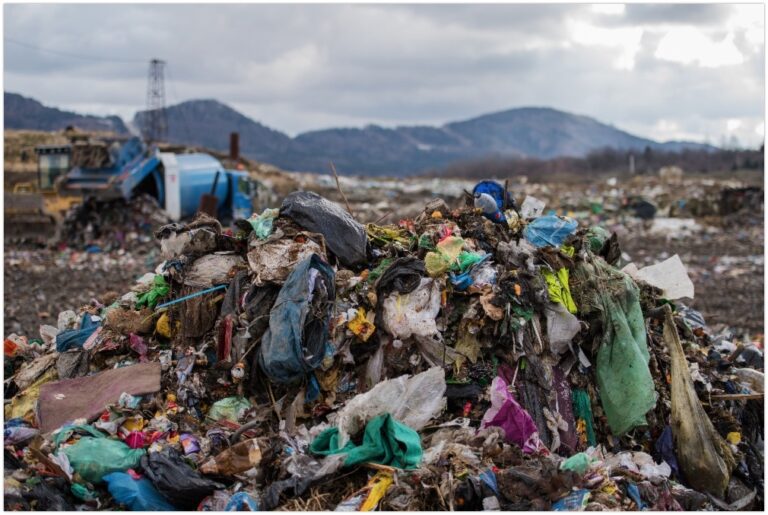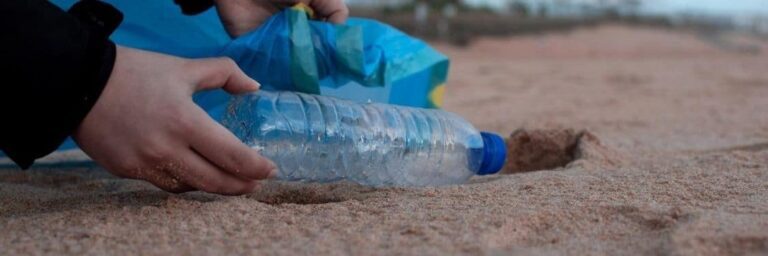Landfills are extremely useful sites. They hold unwanted potentially dangerous waste, everything that isn’t recyclable and other types of rubbish, all in one spot. Landfills ensure that the excess fluid, as well as highly dangerous methane gas that comes from it, is safely disposed of. From handling gas emissions to monitoring groundwater, modern landfill technology enables waste collection facilities to significantly reduce their ecological impact.
To put it simply, in a sanitary landfill, rubbish is separated from the surrounding environment using special layers designed to enable the waste to decompose safely. Though decomposition can result in the production of methane, a major contributor to climate to climate change. A significant number of landfills are currently collecting the gas and using it to generate energy thus keeping it out of the atmosphere.
Unfortunately, landfills are not infinite. This implies that at one point in time, they will all fill up. And there won’t any room to dump more trash inside. Once a site has been used as a landfill and it fills up, it is often covered over and compressed and the location can be used for construction. However, it can’t be used as a landfill again.
Related: 5 Ways to Solve Sydney’s Landfill Problems
What happens when a landfill is filled up?
A number of countries, especially developing ones, will always find it relatively hard to deal with their wastes in the aftermath of a landfill getting filled up. In fact, most nations in this category may resort to adding landfills to the oceans, wilderness regions and other unsafe areas. Clearly, none of these prospects is a viable option for the sustainability of our environment. To address the problem of topped-out landfills and the uncontrollable accumulation of waste, effective sorting systems are needed to help reduce and eliminate waste altogether. Below are great tips we can employ to reduce our waste generation.
Recycling of waste
While many of us may consider themselves to be adept at conserving the environment and recycling waste, the truth is that the average Australian makes far more trips to the landfill annually than you think. Simply put, we aren’t recycling enough. Of course, most of us believe reusing and recycling can be effective at minimising waste generation but, we are not just doing enough to make this a reality.
Thanks to the advent of technology, nearly all types of waste can be recycled, ranging from glass, paper, metals, plastic, wood particles, fibreglass and more. Recycling boasts a lot of benefits. The most important one is that we are able to recover the raw materials used to manufacture the stuff we’ve already used. It takes a lot of water and energy to extract and refine virgin resources from the earth. What’s more, the extraction of raw materials can potentially result in land degradation as well as social upheaval in the adjacent local communities.
Besides, recycling plays a critical role in reducing our green gas emissions. When waste is dumped in the landfills, chances of methane gas being produced are high. This gas significantly contributes to climate change. Thankfully, most Australian cities have sufficient recycling stations. Try as much as possible and make more trips to these stations and save the environment.
The practice of zero waste emission
A wasted resource is a material thrown away that could have been used again and again. Newspapers, books, clothing, bottles, aluminium cans, plastic lumber or even a fleece blanket are typical examples of resources that can be used again.
Typically, zero waste is a philosophy which tends to encourage the redesign of resource life cycles. To be more precise, it promotes the reuse of products. The objective is to ensure no trash is sent to the incinerators, landfills or the oceans. Zero waste refers to efficient waste management and planning practices which mainly emphasise waste prevention. It is a system which campaigns for massive change in the way resources flow through society, leading to no waste. It is more than just reducing waste through reuse and recycling.
Households can contribute to zero waste campaign by recycling their fax machines, VCR and DVD players, rechargeable batteries, household electronics, kitchen appliances, stereos, TVs, monitors, cell phones and computers.
It is imperative to note that zero waste emission also takes into account food scraps. Did you know that nearly thirty per cent of the waste that goes to our landfills is made up of food-soiled paper and food scraps? Greasy pizza boxes, rotten food, meal preparation, table scraps and all sorts of organic matter are always dumped into the landfills by households.
The power of composting
Composting is equally an excellent, easy and natural way to take care of kitchen wastes and plant remains. If done correctly, it can help you turn organic waste into nutrient-rich food to help your plants grow. It is a great way to recycle your organic rubbish, reduce the amount of waste sent to our landfills.
If you are looking to get rid of some rubbish but would like to divert away from the landfill, Paul’s Rubbish Removal can help. We’ll take your garbage and recycle it as best as we can. We’ll sort your junk out and try our best to avoid the landfill if possible.
